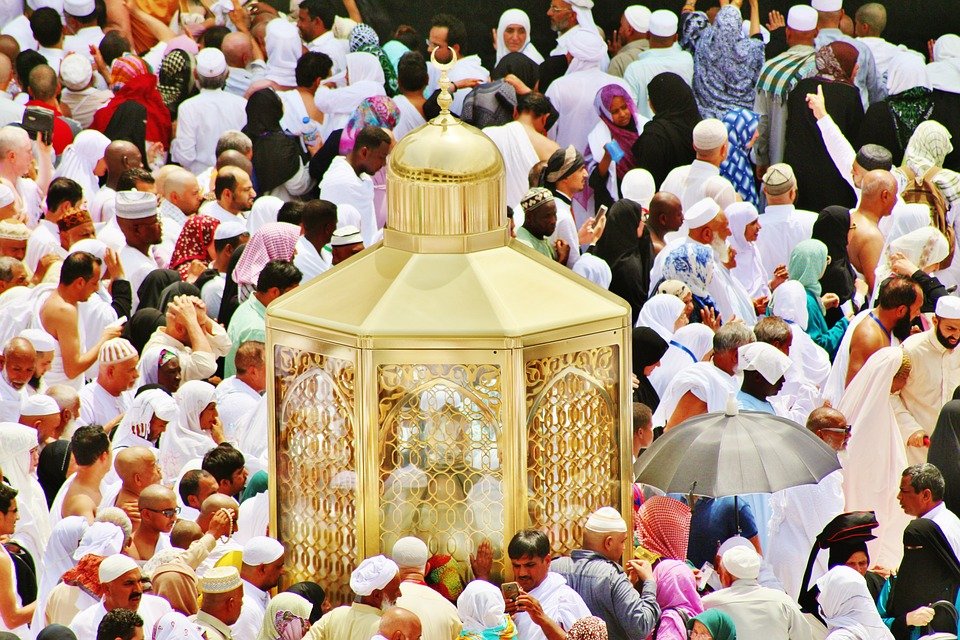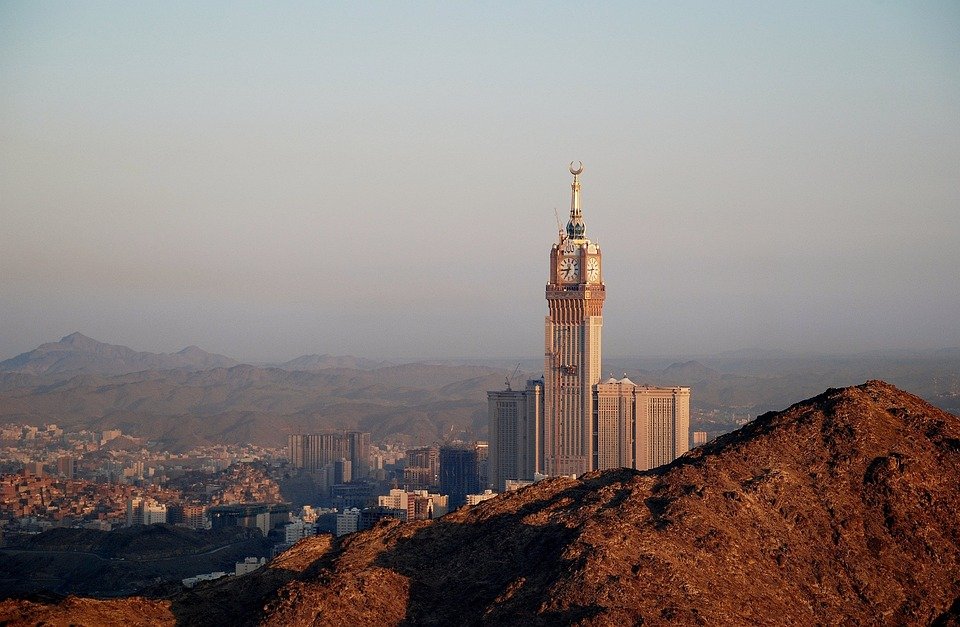You are here to read: How Many People Die at Hajj Every Year: Causes and Impact – A Thoughtfully Written Guide Offering Spiritual Wisdom and Travel Advice for Every Pilgrim who is going on holy journey of Hajj or Umrah.
When discussing the topic of how many people die at Hajj every year, it’s crucial to note that the numbers can vary widely, with estimates typically ranging from dozens to hundreds. Each year, millions of Muslims gather in Makkah for this sacred pilgrimage, making crowd management and health considerations paramount. In this article, I promise to provide a comprehensive guide on how many people die at Hajj every year, addressing the various factors that contribute to these statistics, including health issues and tragic accidents. By understanding these aspects, we can gain a deeper perspective on the significance of this unparalleled event.
I believe it’s essential to recognize the significance of addressing how many people die at Hajj every year. It reflects not only the sheer scale of the pilgrimage but also the various challenges faced by pilgrims. As a team with nine years of experience in the Umrah and Makkah travel field, we offer reliable insights into “How Many People Die at Hajj Every Year: Causes and Impact.” By shedding light on this serious issue, we aim to enhance awareness and promote safety measures for those undertaking this profound spiritual commitment. In my opinion, understanding the statistics and underlying causes can help ensure a safer experience for future pilgrims.
How Many People Die at Hajj Every Year: Causes and Impact
Understanding Hajj
Hajj is an important pilgrimage for Muslims. Every year, millions of people gather in Makkah to perform sacred rituals. People from diverse backgrounds come together with a shared purpose: to worship and seek forgiveness. This pilgrimage, which takes place during specific days in the Islamic month of Dhul-Hijjah, is a time of profound spiritual renewal. The atmosphere is filled with devotion, hope, and unity.
While Hajj is a deeply spiritual time, it can also present challenges. The sheer number of people, often exceeding two million, creates an environment where accidents may occur. It’s essential to understand the dynamics at play during this monumental event. By recognizing the factors that can lead to tragedies, we can better appreciate the incredible mix of faith and risk that surrounds Hajj.
The Numbers Behind Hajj Deaths
Every year, unfortunately, some individuals lose their lives during Hajj. These numbers can vary significantly from year to year, depending on several conditions. In recent years, reports indicate that anywhere from a few dozen to several hundred fatalities occur, but specific causes often play critical roles. Common reasons include health issues, accidents, and extreme weather conditions.
While the numbers may seem alarming, it’s crucial to look deeper. Many pilgrims are elderly or have underlying health conditions. The physical demands of Hajj can be strenuous, contributing to medical emergencies. Understanding these numbers helps us appreciate the significance of health and safety measures taken by authorities.
Causes of Death at Hajj
Several factors lead to deaths during Hajj. One major cause is health-related issues, specifically heart attacks and strokes. The heat, combined with physical exertion, can put immense strain on the body. For many, performing rituals like Tawaf—circumambulating the Kaaba—can be overwhelming. Those who have chronic ailments often face heightened risks.
You're at the middle of this awesome post at AirlinkHajjandUmrah.com through: How Many People Die at Hajj Every Year: Causes and Impact. Keep reading, it gets better!
Another contributing factor is crowd-related incidents. The large numbers of participants, while inspiring, increase the likelihood of accidents. Over the years, there have been a few tragic instances of stampedes. In these situations, the impact can be devastating, leading to loss of life and injuries. Authorities constantly strive to improve crowd control protocols for better safety, but challenges remain.
The Impact of Deaths on Families
The loss of a loved one during Hajj affects families profoundly. For many, this pilgrimage represents a once-in-a-lifetime opportunity. When tragedy strikes, the grief can be overwhelming. Families often face emotional turmoil, navigating their pain while trying to honor their loved ones.
Moreover, the impact extends beyond individual families to the broader community. Deaths during Hajj generate discussions about safety and health awareness. People become more attuned to the importance of looking after their well-being, especially when preparing for such an intense spiritual experience. Many families rally together to support one another, fostering a sense of unity in the face of sorrow.
Safety Measures Implemented
In response to the challenges posed by Hajj, authorities implement numerous safety measures. From extensive medical services to improved crowd management, their efforts aim to reduce risks and enhance the overall experience. Medical teams are strategically stationed throughout the area to assist pilgrims in emergencies.
Furthermore, training for volunteers and staff helps ensure preparedness for potential emergencies. Enhanced communication systems allow for quicker responses. Organizers also provide guidelines that remind pilgrims to stay hydrated and rest as needed. These proactive strategies help ensure that many pilgrims can complete Hajj safely and successfully.
The Role of Tour Operators
The role of tour operators during Hajj cannot be overlooked. Many pilgrims rely on these professionals to guide them through the intricate process. However, it’s essential to choose reputable operators to ensure safety and comfort. Well-established tour operators provide valuable support, including knowledgeable guides who can navigate the pilgrimage smoothly.
These tour operators often have established relationships with local authorities, which can enhance the overall safety and well-being of their clients. They also pay attention to the health and safety measures in place, ensuring that their guests are prepared for the challenges of Hajj. Thus, choosing the right operator can contribute significantly to a safer pilgrimage experience.
Moving Forward: Awareness and Responsibility
As we reflect on deaths during Hajj, we must promote awareness and responsibility. Pilgrims should take the time to assess their health and seek medical advice if necessary. Preparing physically and mentally can enhance one’s ability to cope with the pilgrimage’s demands.
Community support is also vital. Families should discuss their experiences and share information about health and safety. By working together, we can foster a culture of vigilance, helping to reduce the risks associated with this sacred journey. Hajj is a transformative experience, and with the right preparation, many can safely partake in this profound expression of faith.
That wraps up How Many People Die at Hajj Every Year: Causes and Impact. Thanks for sticking with us till here! Share this: How Many People Die at Hajj Every Year: Causes and Impact with your friends.
Check our homepage at Air Link Hajj & Umrah for more awesome updates.
Some interesting posts are: 1: Umrah Mubarak, 2: When is Umrah closed 2026?, 3: When does Umrah start after Hajj 2026?
Mushu, an experienced Saudi Arabia traveler and writer, shares insightful tips and spiritual reflections to enhance Hajj and Umrah journeys for fellow pilgrims. He has been to Makkah and Madina from 2016 to 2023 many times and his posts will reflect this.







